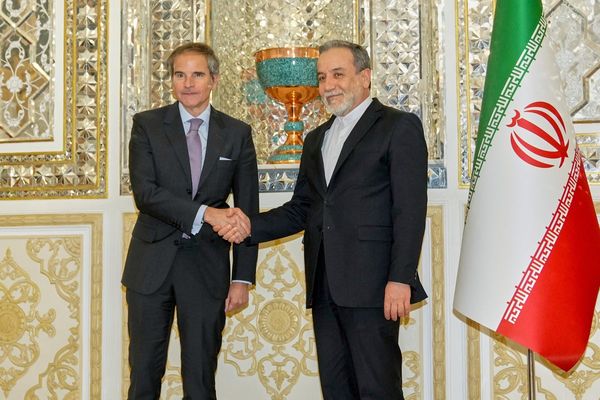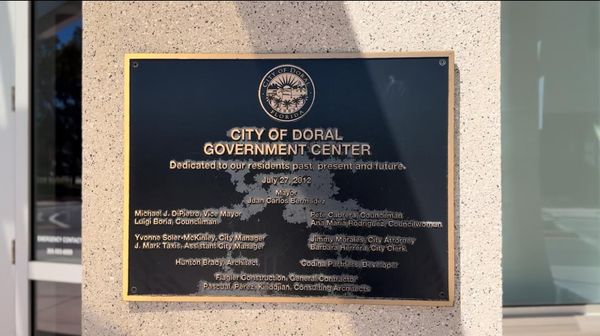
Palestinians in Gaza are facing a landscape of destruction following a ceasefire that halted over 15 months of intense fighting between Israel and Hamas. The ceasefire has revealed a scene of devastation across the tiny coastal enclave, with drone footage capturing mounds of rubble stretching as far as the eye can see. This conflict marks the longest and deadliest war between Israel and Hamas in their history.
Critics have accused Israel of conducting a campaign of scorched earth to dismantle life in Gaza, with allegations of genocide being considered in global courts. Israel, however, denies these charges and asserts that its military operations have been aimed at combatting Hamas in densely populated urban areas while minimizing harm to civilians and infrastructure.
Military experts acknowledge the complexity of the situation, noting the high level of damage expected in a year-long conflict in urban settings with a hidden adversary. International rights groups have condemned the extensive destruction in Gaza, viewing it as part of a broader pattern of extermination and genocide against Palestinians, a claim Israel refutes.
The Israeli response to the conflict, which included airstrikes and a ground invasion, has left much of Gaza's civilian infrastructure in ruins, displacing 90% of the population. The once vibrant colors of life have faded into a monotonous gray, with the territory facing a daunting task of rebuilding that could span decades.



Airstrikes and ground operations have decimated buildings and structures, with tank maneuvers and tunnel neutralization efforts contributing to the widespread destruction. The military's engineering corps has been involved in clearing routes, demolishing threats, and targeting Hamas' underground tunnel network, resulting in collateral damage to surface infrastructure.
Israel's repeated incursions into areas under its control have further exacerbated the destruction, particularly in northern Gaza where the urban refugee camp of Jabaliya was almost obliterated. Buffer zones established by Israel along its border with Gaza have also led to vast swaths of leveled land.
The destruction and civilian casualties have raised allegations of war crimes against Israel, a claim the country denies. The decision-making process behind targeting structures and areas during the conflict remains a subject of debate, with considerations of necessity and proportionality being key factors.







